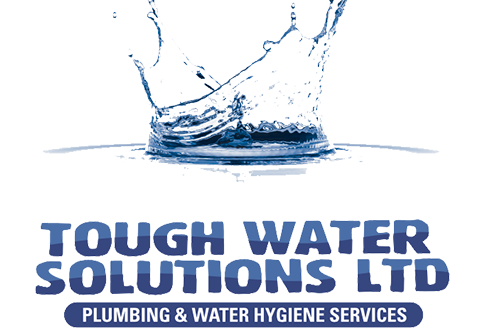Legionnaires’ Disease is a serious form of pneumonia caused by a bacterium called Legionella. You can contract Legionella by the inhalation of small water droplets that are suspended in the air, also known as aerosols. Less commonly, people can get sick by aspiration of drinking water containing Legionella. This happens when water accidently goes into the lungs while drinking.
People in the following categories are at risk:
- People 50 years or older
- Current or former smokers
- People with a chronic lung disease (like chronic obstructive pulmonary disease or emphysema)
- People with weak immune systems or who take drugs that weaken the immune system (like after a transplant operation or chemotherapy)
- People with cancer
- People with underlying illnesses such as diabetes, kidney failure, or liver failure
The symptoms of Legionnaires Disease can be similar to other illnesses such as cold, flu, and SARS viruses, including Covid-19. These similar symptoms can mean that Legionnaires’ Disease is often not detected early enough.
Symptoms can include:
- High temperature
- Fever
- Cough
- Muscle aches and pains
Legionella bacteria can be found in water sources such as rivers and lakes, however, the bacteria can also be found in artificial water systems and others such as:
- Cooling towers
- Air conditioning units
- Swimming Pools
- Spas & Hot Tubs
- Showerheads and sink faucets
- Hot water tanks and heater
- Large complex plumbing systems

